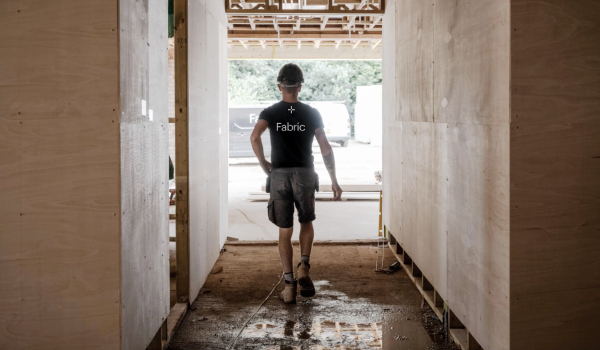 Back to Journal
Back to Journal

News - February 2023
How To Find and Choose an Architect
Given the many considerations to take into account, finding and choosing the right architect for a project can be a daunting task. From experience and qualifications to style and design philosophy, there are numerous factors that can influence your decision.
In this blog we will guide you through the process of finding your ideal architect: one that understands your vision, expresses confidence in the project, and works within your budget and timeline. Whether you're looking to build your dream home, remodel your existing one, or undertake a commercial project, this guide will help ensure that you find the right architect for your needs.
Begin By Mapping Out Your Requirements
Detailing your project needs narrows down your potential list of architects. It is beneficial to have a good idea of:
The type of architect you require.
A larger project may require an architect to work within a wider team of consultants to that of a home improvement project or build.
Further to this, outline the expertise you most need for the job. For example, do you want a build led by the architect and their architectural innovation, or someone to take your own design and bring it to life?
The intensity of your project.
Less intense projects, such as home extensions or improvements, may not require the architect to work along such a vast team of consultants, but architectural plans would still be recommended at all scales of work. It is important to have a clear idea of the level of design work and plans needed.
Any building requirements.
Should your project have planning permission requirements, or you’re wanting to do work on a listed building, look for an architect with the relevant experience. Familiarity with the local planning authority is valuable, as these architects will have a good understanding of the local area project success rate.
We had the pleasure of undertaking a £1.35m refurbishment of the six bedroom Edgbaston Manor to create Birmingham's most expensive home. Edgbaston Manor, located in the prestigious Edgbaston Conservation area had to comply with several regulations, due to the location and complexity of the project. You can find out more about it here.
Our Contemporary scheme Pixel entailed an agricultural to residential barn conversion via a Class Q planning consent - you can read more about the project here.
Create an Architect Shortlist
With your project requirements drawn up, you can start researching architects and their availability. Offering design and build services, Fabric is a collective of architects, designers and construction specialists based in Birmingham. Contact us for any architect design and build projects.
Meet our team of Architects and Architectural designers here.
Additionally, the Royal Institute of British Architects (RIBA) provides exposure to over 4000 chartered architects, which you can look through using their Find an Architect tool.
Review Your Selected Architect’s Portfolios
Working through your shortlist, look at the architect’s portfolio or website. There should be sufficient imagery and information for you to ascertain their preferred materials, style and construction methods.
Find the work that resonates with you or illustrates the ability to deliver on what you’re after. Browse our portfolio today.
Finally, Meet With Those Highest on Your Shortlist
The last step in finding a well-suited architect involves meeting with, briefing, and gauging the level of natural fit with each architect. By giving each a detailed brief and ballpark cost cap, you can compare like-for-like quotes and cost management breakdowns.
Beyond their style or previous projects, make sure you like the actual architect too. This is someone with whom you’ll be working closely and instilling tremendous trust, so a natural affinity is something to actively look for.
Instructing and Working With An Architect
It is common practice to instruct your architect after defining the brief. This usually includes the details, timing and costs of the project.
Be as precise and granular as necessary: the more information you can convey, the better the architect will understand your vision.
Following the conclusion of the briefing, the architect will supply an appointment letter and a contract with terms and services.











